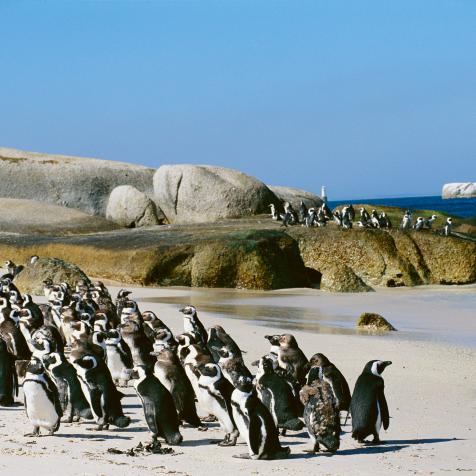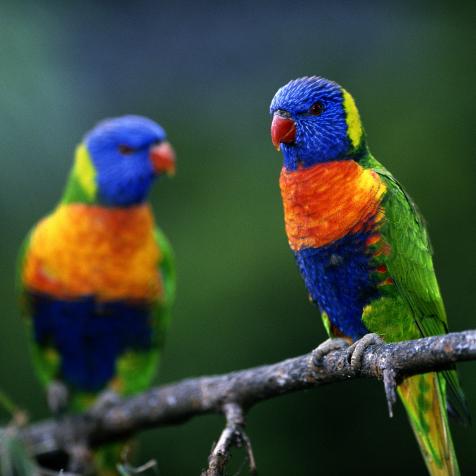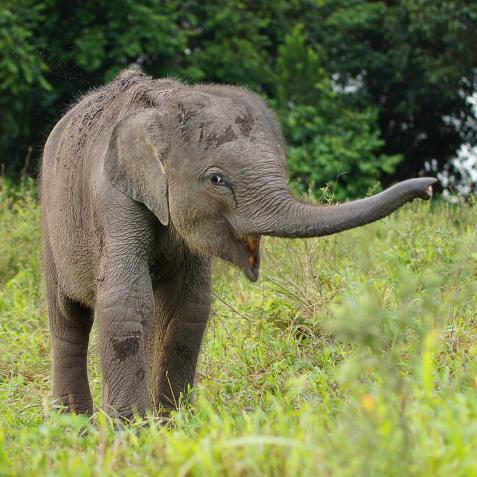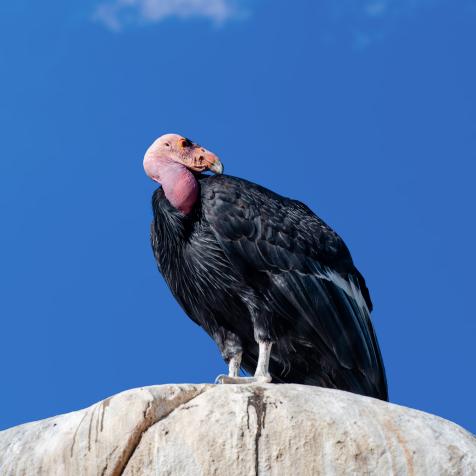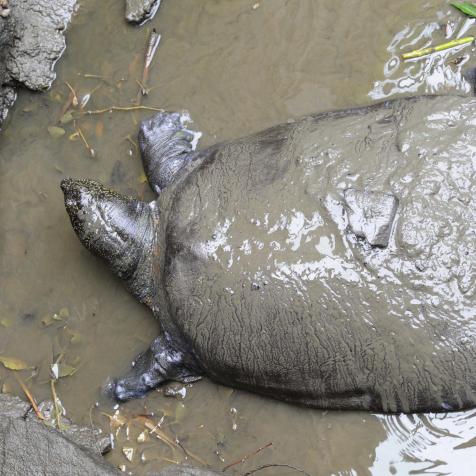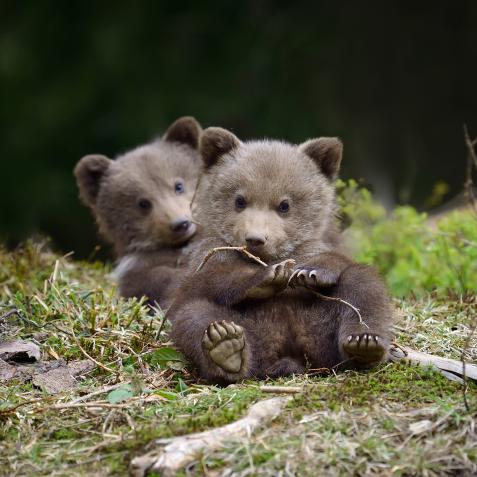.jpg.rend.hgtvcom.616.616.suffix/1633031314945.jpeg)
Auscape
The Ivory-Billed Woodpecker is Officially Extinct, Along with 22 Other Species
Preserved too late, the U.S. Fish and Wildlife Service declared almost two dozen previously endangered species as extinct, underscoring a larger problem of climate change and habitat loss in America.
The Ivory-Billed Woodpecker is dead.
Lovingly called the “Lord God Bird,” this hauntingly beautiful fowl has been sought out by birders for years to no avail. People who were lucky enough to spot it were said to have blurted out the Lord’s name. Even the biologist who wrote the bird’s obituary cried.
These famed birds once flew from the coastal plains of North Carolina to the marshy waters of Texas, but their numbers started to dwindle in the 1800's after being gunned down for private collections and hatmakers.

Education Images
Ivory-billed Woodpecker male, extinct, on right and female on left at the British Museum Tring.
This week, the U.S. Fish and Wildlife Service proposed the removal of 23 extinct species from the list of endangered and threatened wildlife and plants. The list includes eleven species of birds, eight types of freshwater mussels, two fish, a bat, and a plant.
Among these extinct birds is the Hawaiian honeycreeper, whose song now only exists in recordings. “Each of these 23 species represents a permanent loss to our nation’s natural heritage and to global biodiversity,” Bridget Fahey, the Division Chief for Conservation and Classification for the Fish and Wildlife Service, said to the New York Times. “And it’s a sobering reminder that extinction is a consequence of human-caused environmental change.”
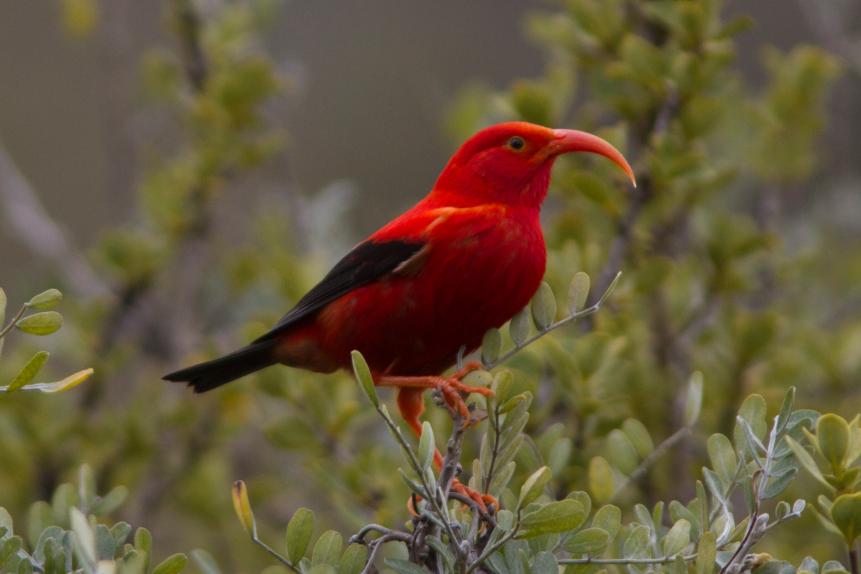
JohnMernick
Hawaiian honeycreeper
The announcement offers a harrowing glimpse into a future of worsening global warming threatening millions of species with extinction. These animals are the latest casualty of habitat destruction and biodiversity loss, dying out faster than new protections can save them.
Many of the last verified sightings of these creatures took place in the 1980's, but the US Fish and Wildlife Service does not declare extinctions lightly. There will be a 60 day period for public commentary where both scientists and members of the community can provide information before the wildlife service makes their final ruling on extinction.
Likely many of these species were already near-extinction by the time the Endangered Species Act came into force in 1973, making it illegal to “harass, harm, pursue, hunt, shoot, wound, kill, trap, capture, or collect” imperiled species. Perhaps there was no amount of conservation that could’ve saved them.
In the nearly half decade since the act was passed, only 11 other organisms from the list have gone extinct, while it’s succeeded in protecting the majority of its jeopardized species. The Endangered Species Act has served as a model for other countries in writing their own conservation legislation, and has been credited with saving the bald eagle, gray wolf, and American alligator.
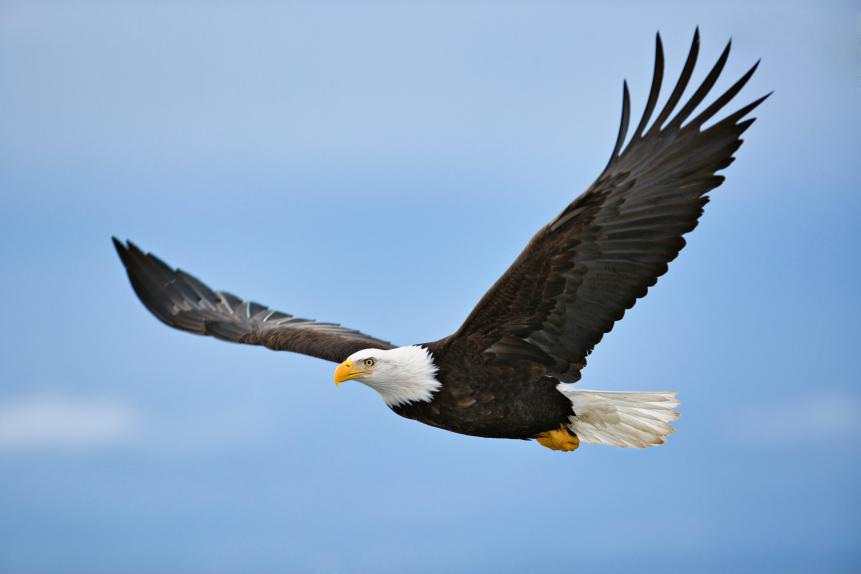
Adam Jones
The Endangered Species Act is credited with saving the Bald Eagle.
Recently, President Biden, vowed to reserve nearly a third of the country’s land and water to protect wildlife and ensure all Americans have access to nature.
"With climate change and natural area loss pushing more and more species to the brink,” said US Interior Secretary Deb Haaland to CNN. “Now is the time to lift up proactive, collaborative, and innovative efforts to save America's wildlife.”










